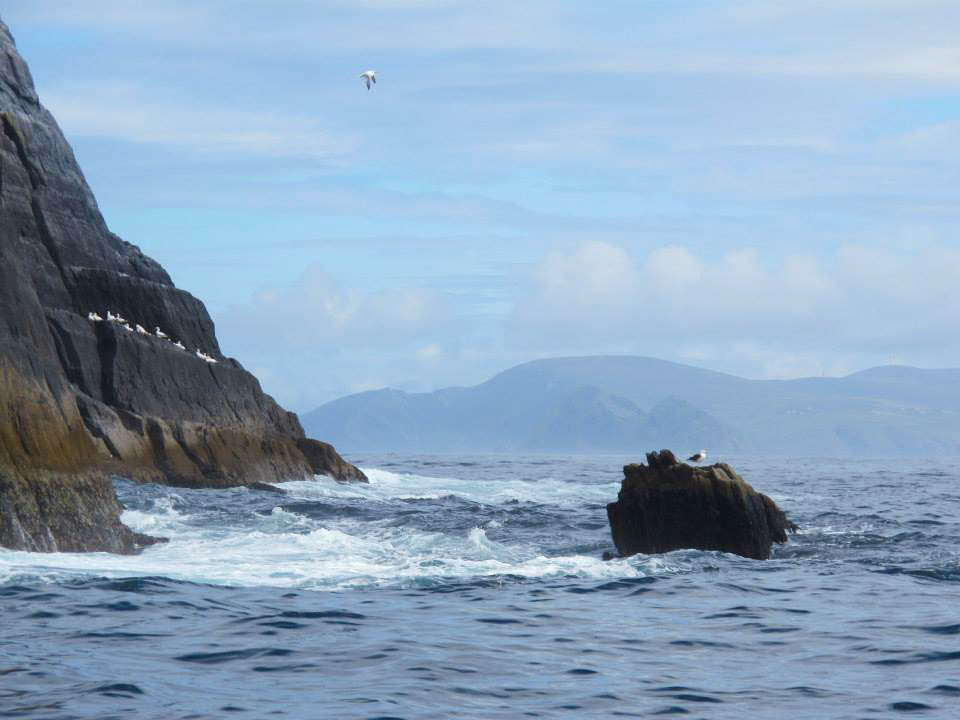China. A small word with huge meaning. The flavors. The culture. The architecture. The history. From the moment we landed at the Shanghai airport it was clear to me that this was going to be a completely different and unique experience. The modern architecture of the airport was unlike anything I’d seen before, with white poles holding onto the blue tent-like ceiling.
In this trip I got to explore Shanghai, Beijing, Hangzhou, Wuxi, and Suzhou. Each city offered a distinct perspective into Chinese culture, deeply rooted in old traditions yet also embracing modernity and looking forward to the future.
First, let’s talk population. I used to think that being one of the 8.4 million people living in New York City made me a part of a huge city. Little did I know that’s just a “medium-sized” town by Chinese standards. Shanghai has a population of over 24 million people. Beijing has 21.5 million people. Hangzhou, Wuxi and Suzhou are considered medium-sized towns and each count with a population of around 8 to 10 million.
That’s a lot of people. But the size of the population is only comparable to the size of the land itself. We took a flight between Beijing and Shanghai and it took us about three hours of driving on average to get from Wuxi to Hangzhou, and then from Hangzhou to Shanghai. The country is huge (about the same size as the USA) and the fact that the culture and old traditions are so alive and strong throughout makes it even more amazing.
This is a place where the notions of old and new are constantly in balance, almost like a ying-yang dance everywhere we went. And it is the most clear through architecture. A walk on the Bund, Shanghai’s waterfront promenade, is the perfect example. Here you’ll spot some of the world’s most exuberant buildings. The Oriental Pearl TV Tower, probably the most recognizable one, features two giant round structures, one at the base and another at the top, with pinkish-red stripes across them. The Jin Mao Tower, a huge building that houses the luxurious Grand Hyatt Hotel, with it’s diamond-shaped top. Then there’s the Shanghai World Financial Center, a huge skyscraper with a glass-walled observation deck.
A quick 7-minute drive from the Bund lands you in Yuyuan Garden. The garden was finished around 1577, during the Ming Dynasty and still holds its traditional architecture. The rounded gates, the ponds full of huge koi fish and the traditional decorative rockeries. Just outside the garden there’s a bazaar where you can buy traditional Chinese items like silk pieces, tea, pearls, jade and handcrafted jewelry boxes. This is also where the Lantern Festival is held every year.
The Lantern Festival is one of the most interesting cultural events I was able to witness. It takes place 15 days after the Lunar New Year and gathers people from all over the city admiring the intricate paper lanterns in Yuyuan Garden. The tradition was already one of great significance by the Han Dynasty (between 206 BC - 25 AD), marking the final day of the New Year celebrations. Today, it still holds the same importance with red paper lanterns spread throughout the city. The lanterns have evolved from the traditional round shape to handmade lanterns that mimic life-sized animals, sceneries and cartoons. At night, they light up leaving children, as well as adults, in awe. Each one a symbol of good luck for the year ahead.
The Chinese New Year traditions are still very important to the people, most of whom leave the city to be with their families for the weeks leading up to and after the day. For many this is the one long vacation they can spend with their parents and relatives in their hometown.
Another huge part of the culture is the food. From outdoor markets to food halls to restaurants well-equipped with lazy Susans, delicious food is everywhere. One of my favorite street-snacks was a round pastry filled with cooked radishes and another one filled with pork slices. They are serve in folded parchment paper, to make them easy to carry.
Family-style meals are also a big tradition in China. We grew accustomed to using the lazy-susans at pretty much every restaurant. It was a great conversation starter! We ended up getting to know new people much better because of the family-style lunches. It’s a must try, at least once!
This trip to China was a life-changing experience. I learned so much about the culture, the people, the history. I loved every minute of it and will be posting more detailed guides about each one of the cities in the next few weeks. There was so much to take it. One trip to China is simply not enough.
Have you been to China? Tell me about your experience in the comments!











